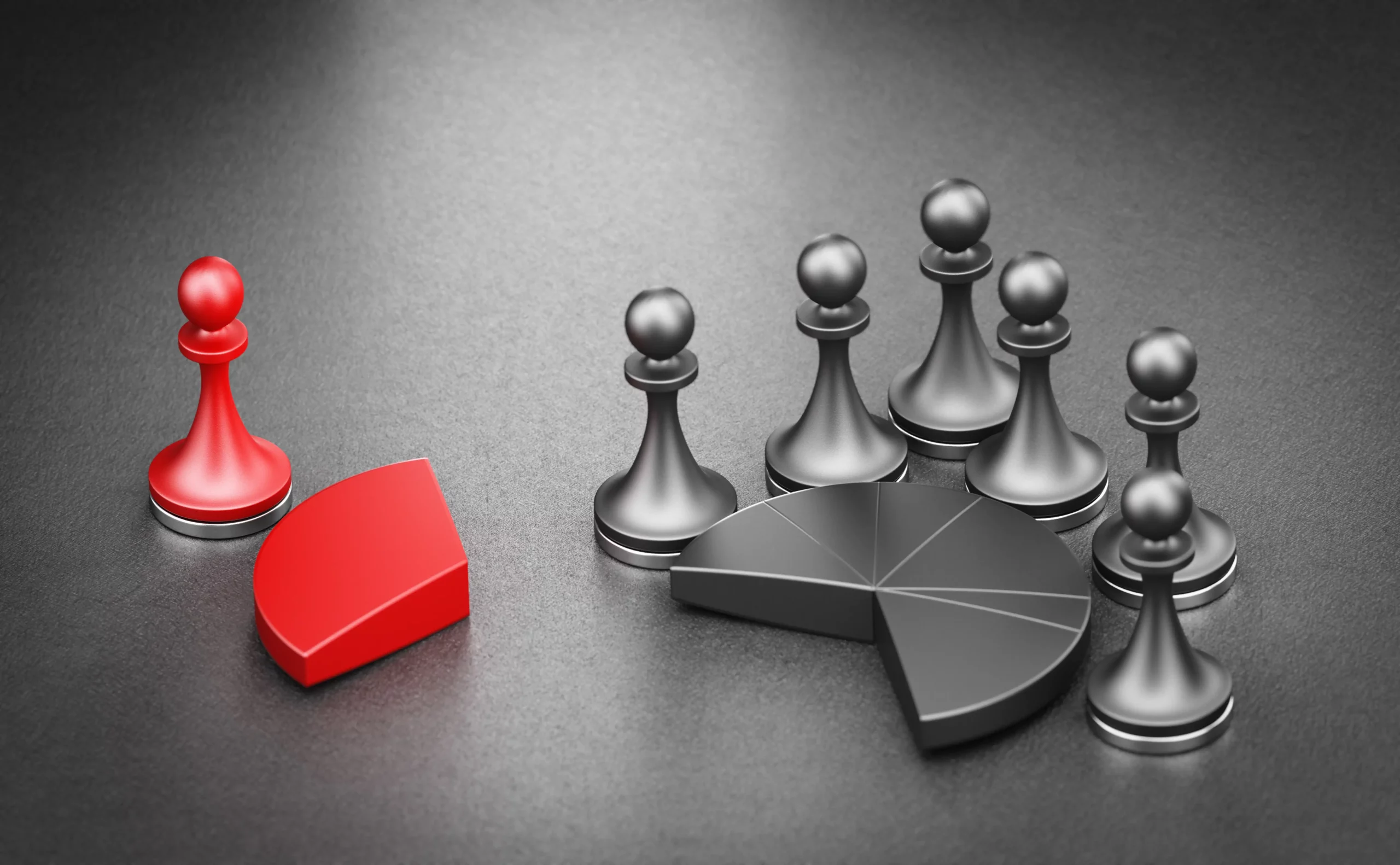
What Is Tribal Leadership?
What makes a tribe have a greater effect than another is simply its culture, which could be figured out through language and behaviour, and that’s how we could define tribal leadership.
The first thing that tribal leaders do is to specify the dominant characteristics in their tribes, and then know how they should elevate these characteristics to make them more developed and advanced. Here, we’re applying the same procedure at the workplace.
Could you lead a team?
If it’s “yes,” could you use the same methods for “tribal leadership”? A tribe is more powerful than a team as it includes a wider variety of roles and responsibilities and a more significant number of individuals that vary between 20-150 people. Now, it’s time to learn more about tribal leadership.
What Are the 5 Stages of Tribal Leadership?
The stages of tribal leadership follow the evolution of a member’s behaviour within the tribe, hence the first step a leader should take to deal with a stage is defining it and putting policies in place that address the stage’s specific behaviours.
The primary responsibility of a leader is to shape the behaviours and endeavours that take his tribe to new heights.
Despairing Hostility
The first stage is the primitive stage, where every individual in the tribe feels desperate and attentive to aggressive behaviours that make them vulnerable to fighting. Here the tribe acts like a gang.
The individuals see hatred and violence as the only way to succeed. On this occasion, rules are broken, values are useless, and there is no respect.
The leader should construct tasks and put strategies that bear empathy between the individuals to remove the “I” in “I Hate Life” and turn it into “We.”
Apathetic Victim
In the second stage, individualism will be the controller, where every person sees himself as a victim that can’t control his destiny as others are better than him with better skills, personalities, experiences, etc.
Negativity and pessimism are linked with this stage’s individuals. This makes them avoid responsibility and blame their faults on others.
The leader has to assign each individual an easy task that he might have thought was hard to do, to plant confidence in the individual’s spirit. This encourages the individual to believe that he’s great and capable of doing anything regardless of how hard it is.
Lone Warrior
Here, the individual moves to another stage, where he sees himself as a great individual among his tribe. He has the right to enjoy more appreciation and special treatment. The individual at this stage says, “I am great,” but he is not.
Individualism takes over here, and no productive cooperation occurs. Everyone looks for what makes them the best alone.
However, a good leader could use this stage, turning personal motivation towards individual tasks that need more mental effort and time. That’s how greatness could be achieved. Gradually, the leader should involve more than one member in each task to build communication between them and upgrade to the next level.
Tribal Pride
At this point, “I” changes into “We.” It’s good, but still, there’s much better. The tribe sees itself as a group with higher potential and better chances of success, which is also a part of the imagination.
The tribe sees itself as a better human group than other groups, which could tend to turn into generating tribal nervousness in extreme cases.
However, this stage generates the collaboration needed to be found among any tribe. It produces innovation and original ideas that help the tribe grow stronger.
Innocent Wonderment
Here we reach the climax. It’s the stage where all the tribes’ individuals think as one, regardless of any personal benefit, driven by a major goal that unites them.
How to Become a Tribal Leader
Tribal leadership achieves individuals’ cooperation in an open and friendly environment. This makes every team manager wants to become a tribal leader, how does that happen?
1- Develop Yourself
Building new skills and habits allows you to move your team to stage 4 and then to stage 5. Time management, resource management, gap analysis, and other tasks are all possible. Hence, you can let your team produce more and perform better. This encourages them to always improve themselves and solve any problems they face.
2- Make Good Friends Closer always to improve themselves
Being part of the wrong group will always prevent you from developing. After defining the skills you need, you must reinforce your connections with individuals who have them. This always encourages you to continue and never procrastinate in acquiring such skills.
3- Build Your Team
To build the team your need, you should know how to deal with them. And before dealing, there is speaking. If you speak to your team a way ahead of their current situation with many stages, this will form a disapproval environment that pushes crowds to go away. Try to be only one stage ahead in speaking.
4- Encourage People to Advance
Prompting individuals for better status is a must for a distinctive workplace. This needs to link development actions with personal reasons. They could be values, long-term goals, or even short-term objectives. You know your team well. What makes them come to work? What’s the most important value they see in work? What are the improvements they need to achieve?
5- Expand Your Vision
Solving problems inside the business is good, addressing pain points that face the customers is better, but solving problems that could change the world is the best. Widen your vision to think of how to develop products and services in a way that makes the world a better place with the help of your team.
Famous Tribal Leaders’ Quotes
“Change the language in the tribe, and you have changed the tribe itself.”
In the book “Tribal Leadership” by Dave Logan, the author states that words are like magic potions if you properly select them. They are the first triggers that make somebody change.
“Without the leaders building the tribe, a culture of mediocrity will prevail. Without an inspired tribe, leaders are impotent.”
Dave Logan clarifies that bad teams exist as a result of weak leaders. Good leaders are individuals with skills that enable them to guide their team members to the right actions and correct behaviours. A good leader is the first developed team member in short.
Tribal Leadership Strategy
You need a strategy to transfer the individuals from one stage to another smoothly. Any tribal leadership strategy you adopt will include two major sections:
Values and Noble Causes
It would be best if you always linked primary triggers that push the employees to go on and continue doing their work with values and noble causes. This makes them align their objectives with the corporation’s values to achieve both in accomplishing any mission.
Outcomes, Assets, and Behaviours
Once values and noble causes are indicated, the outcomes that the corporation seeks to achieve will be crystal clear. These outcomes need actions to be taken, which are behaviours that need potential and resources to be available for usage and management.
Every stage of the tribal leadership stages we’ve discussed represents a behavioural state and mindset that could dominate specific individuals, not the whole staff; in other words, half of your staff could be in the fifth stage, a quarter in the fourth stage, and the last quarter in the third stage; an example that could happen, and a leader should deal with.
Want More Help?
If you need effective HR services that meet the dominant stage of your staff to optimize your tribal leadership, know more about our HR solutions, and choose the best one that suits you.


